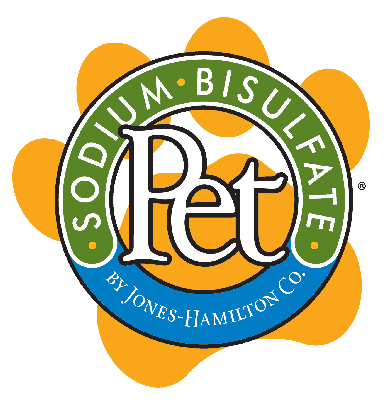Managing Phosphorus Levels in Pet Food to Support Health, Mitigate Risk
The story of phosphorus is a complicated one; it plays a vital role in animal health and nutrition. From transferring biochemical energy and regulating metabolic processes to combining with calcium to form bone, it is an essential nutrient for dogs and cats. In fact, calcium and phosphorus are the first and second most abundant minerals in animals’ bodies and they serve in both structural and functional roles. Insufficient phosphorus can cause improper bone developments in kittens and puppies. Conversely, too much phosphorus and calcium can negatively impact bone development, especially for large breed dogs during their growth phase. As animals… Read More
Acidification: Sodium Bisulfate vs Phosphoric Acid
Pet Food Formulators! Promote pet health, protect employees. Safer, affordable pet food manufacturing with added nutritional benefits begins by assessing your acidifier. Watch the video to explore your options. … Read More
Freezing Point: Using Acidifiers in Cold Weather
When using acidifiers in cat food formulations, sufficient concentrations must be used to effectively lower urine pH. While actual urine pH testing is the only way to determine the exact amount of acidifier required in a given diet, general guidelines recommend an average addition rate of 0.8%, with ranges from 0.5 to 1.0% based on meat/grain levels. Two common acidifiers, SBS Pet™ and 85% phosphoric acid, can be substituted at the rate of 1 kg SBS Pet™ per 1 kg of 85% phosphoric acid. That is where the similarities between these two products ends One of several issues associated with… Read More

